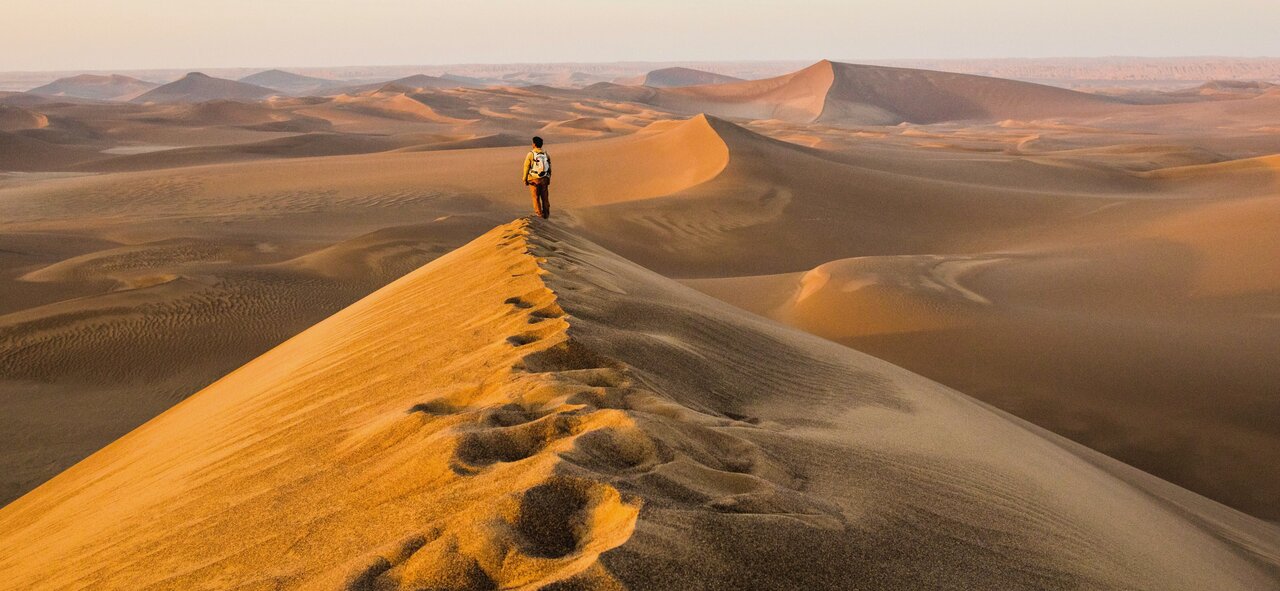Workshop to discuss geological charms of Lut desert

TEHRAN –A workshop on geological attractions of the UNESCO-tagged Lut desert is planned to be held in South Khorasan province, eastern Iran on Thursday, the deputy provincial tourism chief has said.
Organized by the province’s Cultural Heritage, Tourism and Handicrafts Department in collaboration with the private sector, the workshop will also be available online, Morteza Arabi explained on Sunday.
The Lut Desert, widely referred to as Dasht-e Lut (“Emptiness Plain”), is a large salt desert encircled by the provinces of Kerman and Sistan-Baluchestan, and South Khorasan. It is the world’s 27th-largest desert and was inscribed on UNESCO’s World Heritage List on July 17, 2016.
The vast desert is teemed with giant dunes, shifting sands, salt plains, and wind-hewn kaluts, offering visitors epic journeys of breathtaking beauty and wilderness. It is a destination for people who are in search of new adventures; outstanding scenery and unparalleled serenity.
It is considered one of the top areas in the world for finding meteorites, thanks to its unique parameters. In recent years, significant finds have been made, with the efforts of national and international teams of researchers. Seven years of satellite temperature data analyzed by NASA show that the Lut Desert is the hottest spot on Earth. Based on the research, it was the hottest during 5 of the 7 years and had the highest temperature overall: 70.7°C in 2005.
As mentioned by the UN cultural body, the desert is situated in an interior basin surrounded by mountains, so it is in a rain shadow and, coupled with high temperatures, the climate is hyper-arid. A steep north-south pressure gradient develops across the region in spring and summer causing strong winds to blow across the area between June and October each year.
The Lut Desert displays a wide variety of forms, including linear-, compound crescentic-, star-, and funnel-shaped dunes. It is home to giant Nebkha dune fields (dunes formed around plants) as well.
“The region has been described in the past as a place of ‘no life’ and information on the biological resources in this area is limited. Nevertheless, the property possesses flora and fauna adapted to the harsh conditions including an interesting adapted insect fauna,” the UN body said.
The wintertime is itself a perfect excuse for a vacation but to some people, visiting a desert region sounds like “something else”. Some visitors to Lut say it feels almost like walking across a seabed without water. Moreover, those who set up camps are well rewarded when the sun sets to prepare the ground for a very bright moon and extremely vivid stars to show off in the absolutely clear sky of the desert.
ABU/AM
Leave a Comment